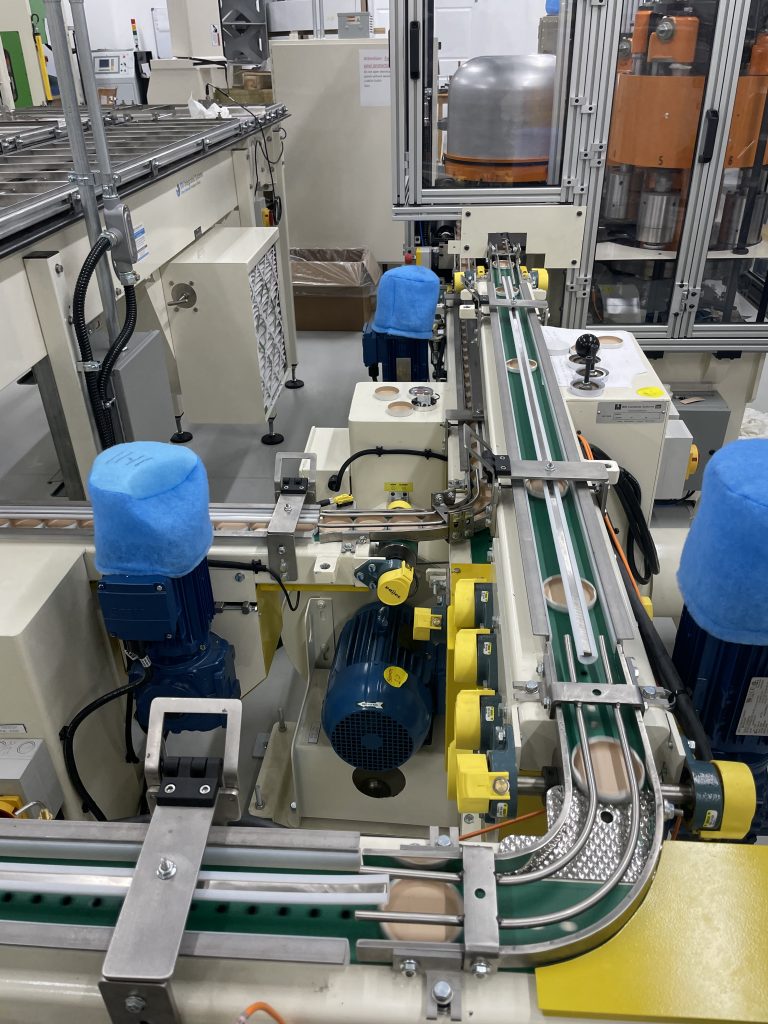Automated Machinery is Helping Tackle the Labor Shortage

One year into COVID-19 and supply chains worldwide are still under pressure. Manufacturers remain mired in increased orders, customer inquiries, shipping delays and remote workforce dynamics – not to mention challenges filling open positions.
The Manufacturing Institute and Deloitte recently surveyed more than 800 U.S. manufacturers and asked them about hiring. The study found that manufacturers are having trouble filling 46% of open positions due to a mismatch in skills — a 12 percentage-point increase from 2018. Additionally, U.S. manufacturing is expected to have 2.1 million unfilled jobs by 2030.
Those are staggering statistics. To combat the challenges of hiring qualified talent and the obstacles COVID has brought on, business leaders are continuing to overhaul their operations. For many manufacturers to survive, the message has become clear: It’s time to automate.
With so many jobs going unfilled, manufacturers have been forced to turn to robots and automated machinery to help keep their operations up and running. This equipment has helped move employees off the assembly and into positions that robots can’t complete where humans are needed, ensuring plants can operate with minimal staff while keeping production high.
Cobots boosting productivity on the line
Robotics in manufacturing has been shaping how plants operate for years now, and collaborative robots, or cobots, have been on the rise due to their flexibility in being adapted for different jobs. Cobots are equipment that assists workers on the line perform certain tasks, improving safety by potentially not having people lift heavy objects and increasing efficiency by enabling them to do more with less.
Cobots also have a high return on investment for manufacturers. First, the machines are easy to set up and can learn tasks on the go, often coming with out-of-the-box capabilities. Additionally, cobots can be reprogrammed to complete different jobs relatively easily, enabling manufacturers to deploy them for multiple processes. And anytime equipment can make an employee’s job easier while also boosting productivity, it’s a win-win for everyone.
How automation is helping companies get ahead
With the added restrictions on social distancing and the number of people who can be in a workplace due to COVID-19, automation has been the only path for some businesses to survive. While it might not have been in their short-term plans, by doing so, these companies have put themselves in a position for long-term success.
Not only does automation improve efficiencies, limit mistakes and increase worker safety, but when a company can successfully upskill employees, they’re able to fill some of those open positions where people are needed. With COVID-19 restrictions still limiting the number of people who can be in a location, automated operations have enabled plants to remain operational with minimal staff.
Employees are irreplaceable
As technology becomes more advanced and the search for increased efficiencies and more output continues, companies will continue to explore digital transformation and automated manufacturing processes as a means to get ahead. There has long been the prediction that machines will replace a lot of the tasks that humans currently do, and that is still looking to be the case, COVID-19 only accelerated many company’s plans to further automate. At the same time, there’s nothing more valuable than a good employee.
At CCT, we invest in both our equipment and our people. Our state-of-the-art technology center is filled with automated equipment that enables us to maximize production of the EEASY Lid. We also know that our people are the most valuable asset we have. From keeping the equipment up and running to selling lids around the world, we wouldn’t be where we are today without the hard work and dedication of the entire team!
